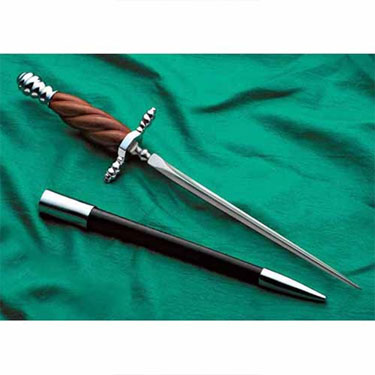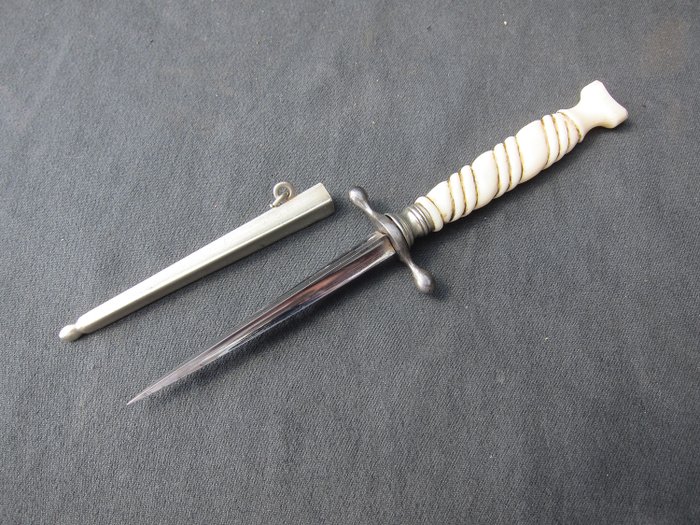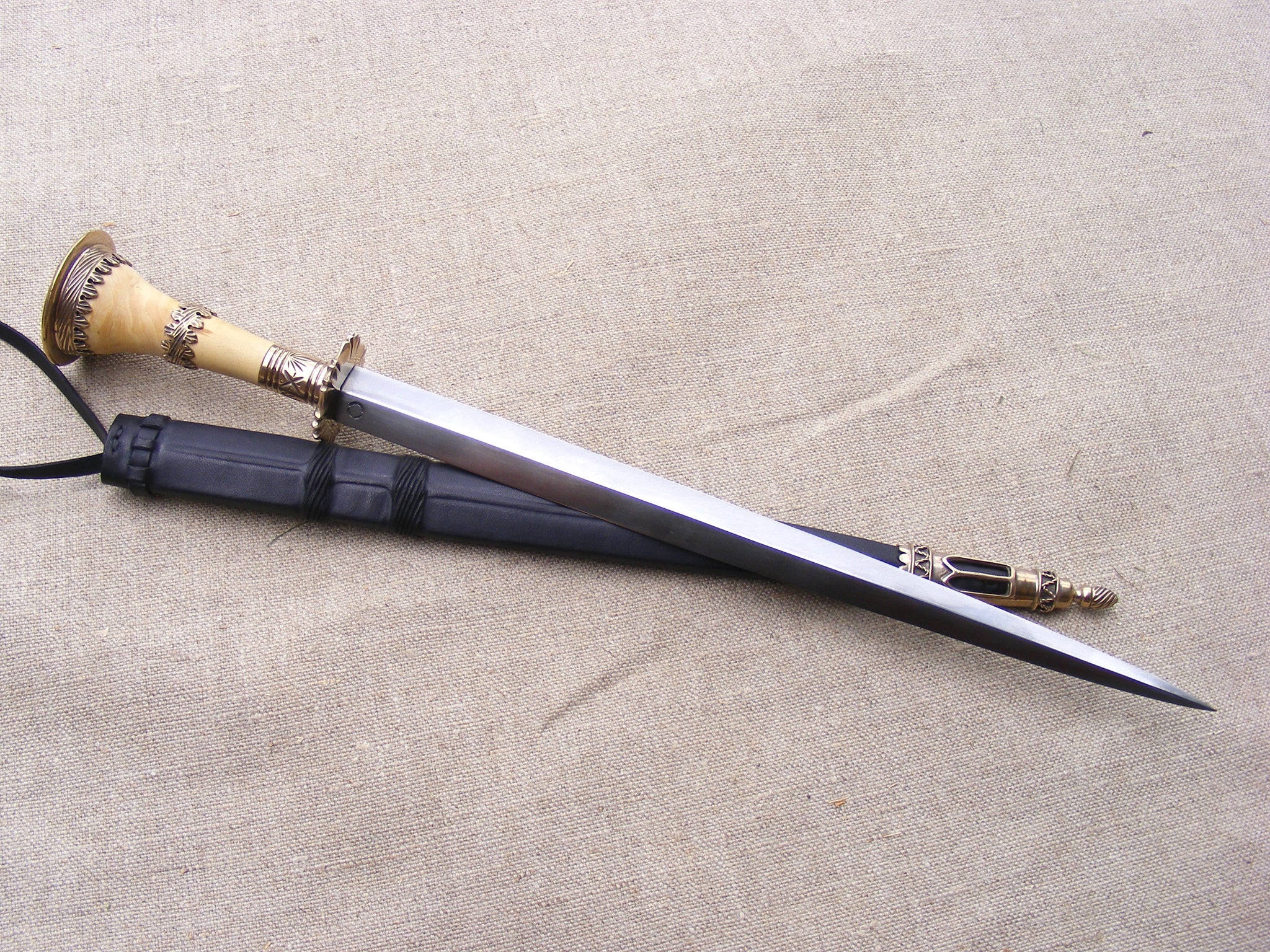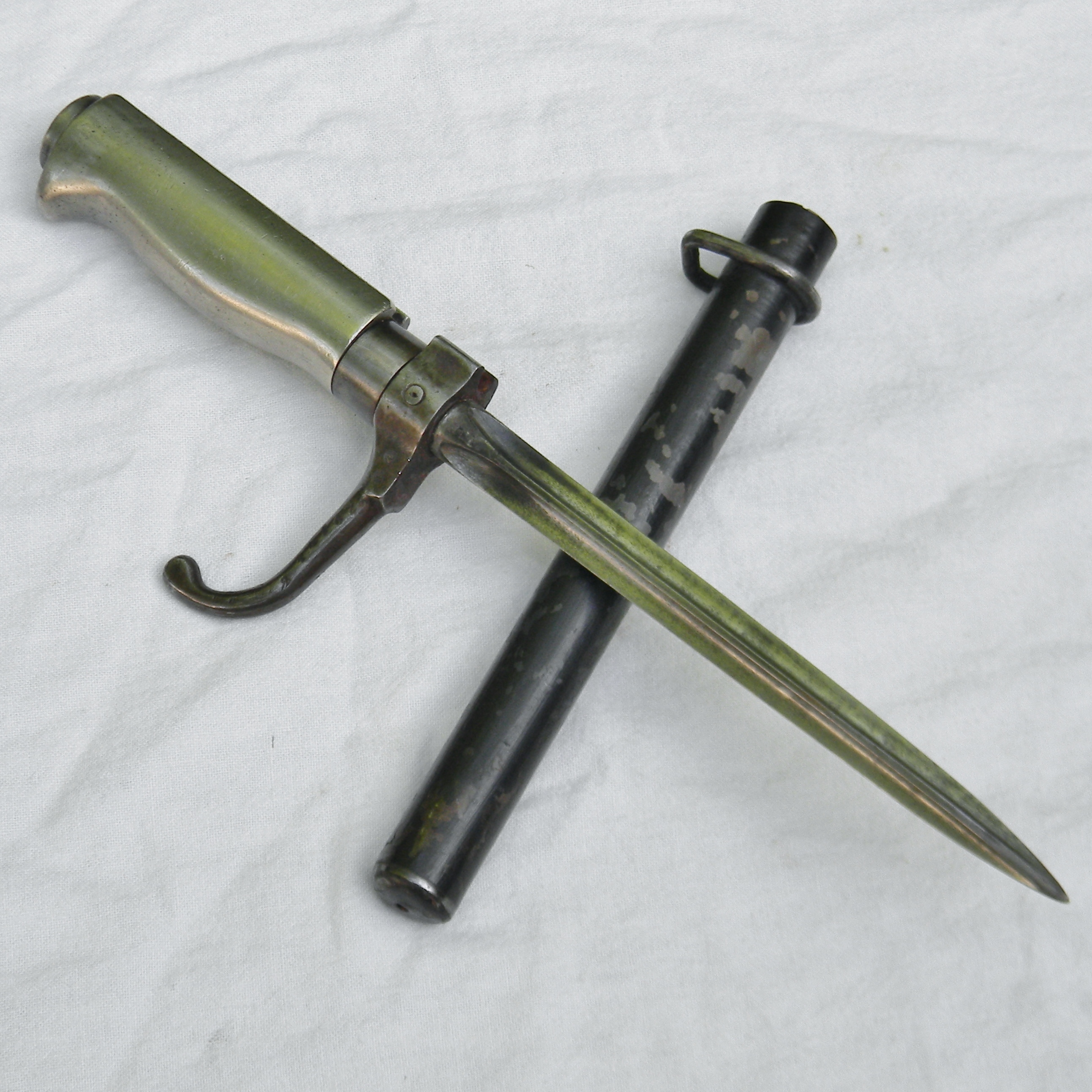If you are not a spy or a kind of shadow assassin, exclusively stabbing daggers have no real use in today's world.
However : the edgeless dagger makes total sense in some older environments. Short and easy to conceal, it's good to deliver deep and deadly wounds in one blow. You really don't need an edge to slash your target around, just end him right away. Self defense for women, mugging in dark streets, back up weapon when all goes wrong... They were popular for a reason.
See the historical sword canes that pop up on auctions (19th century), none of them are blades, almost all are spikes.
Zoom back further to Middle Ages. The rondel dagger was a crude, long, 4 or 3 faceted spike peened into a hefty handle with round bolster and pommel. This was for footfolk to pound into the visor or armour joints of armoured knights brought to the ground.
Knights carried daggers allright, but having the means to carry a better weapon, why would they not prefer a stabby AND slashy dagger (think something like the V-42) ? You stick into the armour's joint just the same and have the added benefit of cutting up your enemy's internals. Win-Win...
The "misericorde", likewise, was a specialized tool to end badly wounded soldiers. Quick stab in the heart was a gift compared to agonizing for days in what they called hospitals in those times.
Zoom a little forward to Renaissance. Refined techniques of duelling (because that was what nobles got on high) appear and evolve quickly. Sword and dagger blades got longer and thinner. And they all had cutting edges. Why would you dismiss the possibility of cutting your opponent ?
And, yes, the cruciform bayonet seems to have been forbidden during WW1. My source is "All quiet on the western front" with the great Ernest Borgnine. Not very historical, but there's that.







